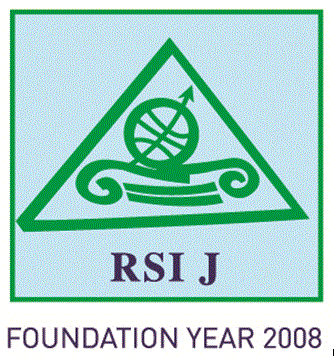Hiroshi SAKAMOTO
Research Associate Professor
The International Centre for the Study of East Asian Development (ICSEAD)
11-4 Otemachi, Kokurakita, Kitakyushu, 803-0814 JAPAN
Tel: +81 93 583 6202; Fax: +81 93 583 4602
E-mail address: sakamoto@icsead.or.jp
Abstract
This study develops a multi-region computable general equilibrium model (CGE model), which analyzes the influence on a regional economy of a reduction in the transportation cost. The reduction in transportation cost is, in a word, reduction of the logistics cost. Logistic competition has accelerated with recent economic development. The Northern Kyushu region, which is the focal region of this study, is located near East Asian countries, including China and South Korea, but this area has fallen behind in the logistic competition. Therefore, immediate countermeasures are needed.
This study analyzes the economic effect on the Northern Kyushu region and on surrounding regions of the cost reduction caused by the logistic policy of the Northern Kyushu region. To achieve this purpose, several assumptions were made in the CGE model. First, the study analyzes 10 regions, namely Fukuoka City, Kitakyushu City, the rest of Fukuoka Prefecture, and Yamaguchi Prefecture (the northern Kyushu area consists of these regions), the rest of Japan, China, South Korea, Taiwan, ASEAN countries, and the USA. Second, in the production system, the transportation industry engenders transportation costs and these are added to the price of the commodity. Third, increasing returns to scale which Fujita et al. (1999) suggest was utilized for the manufacturing industry. Fourth, the number of firms belonging to industries with increasing returns was calculated endogenously based on the above assumption.
As a result, the logistic improvement will be shown to have had an economic effect, including an increase in the number of firms in the Northern Kyushu region.
